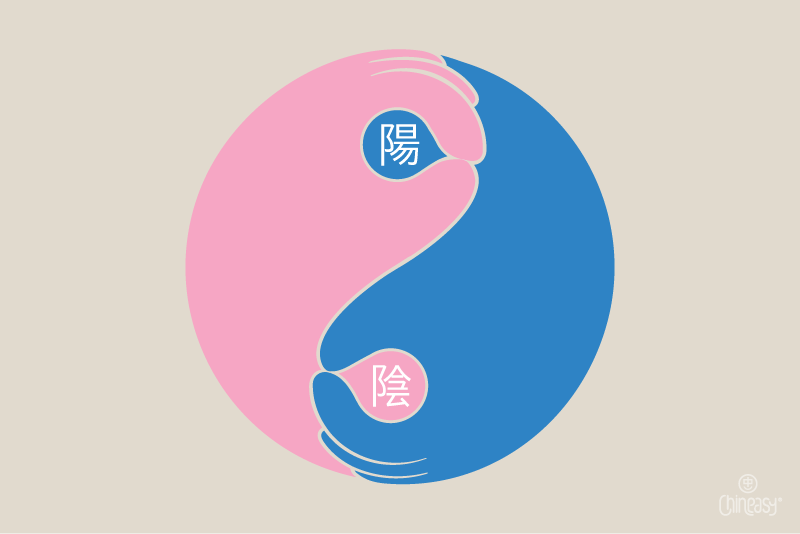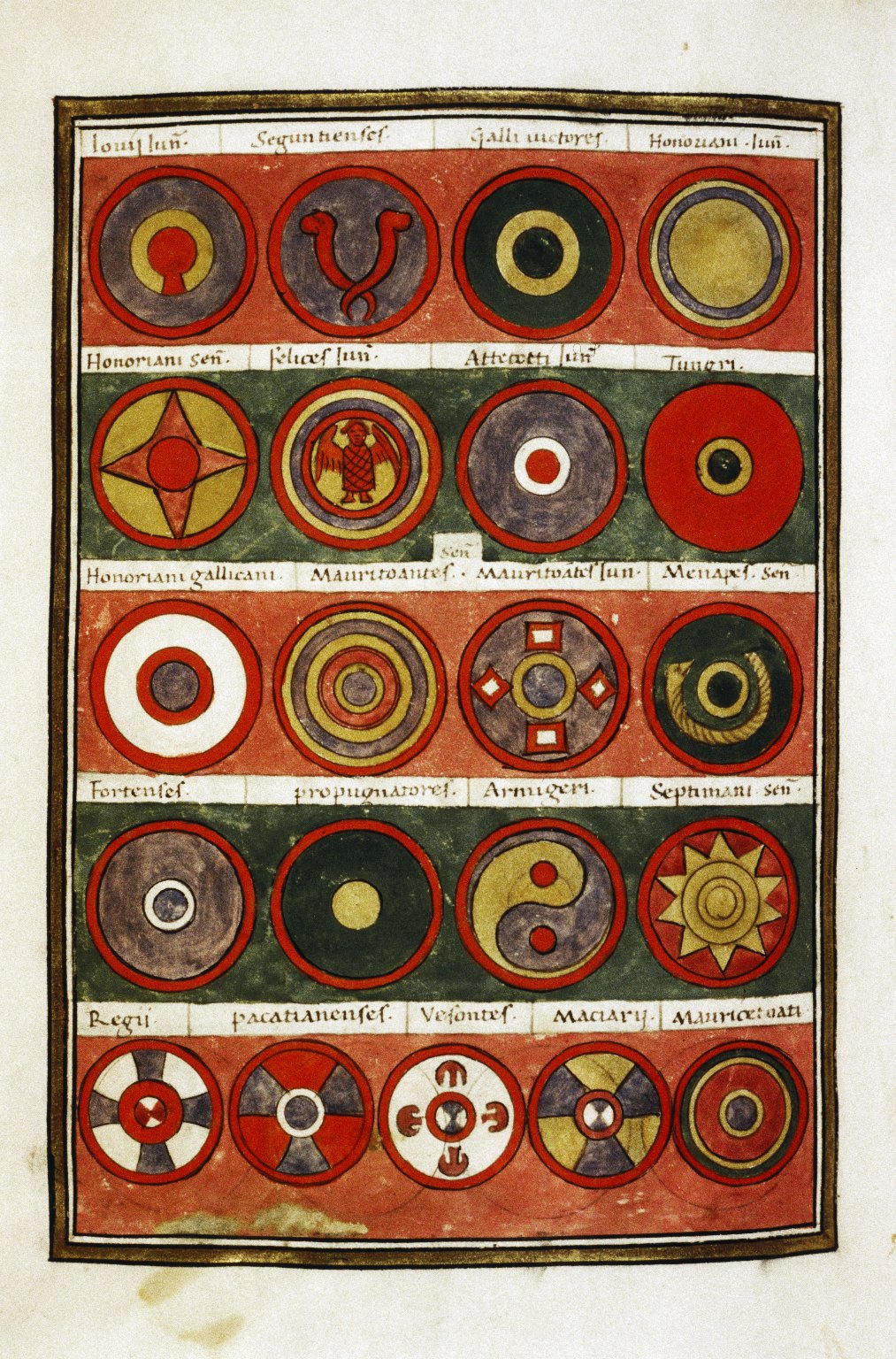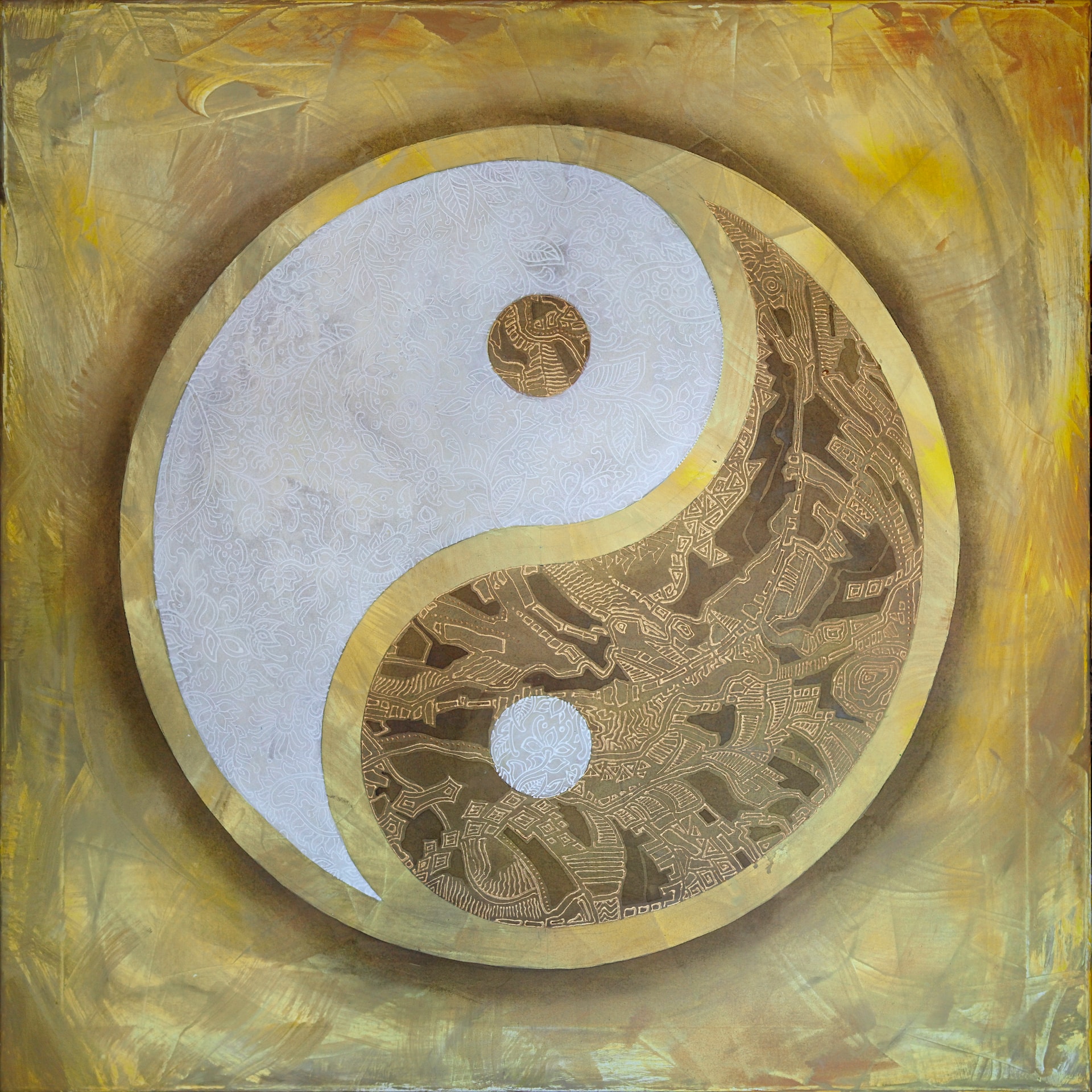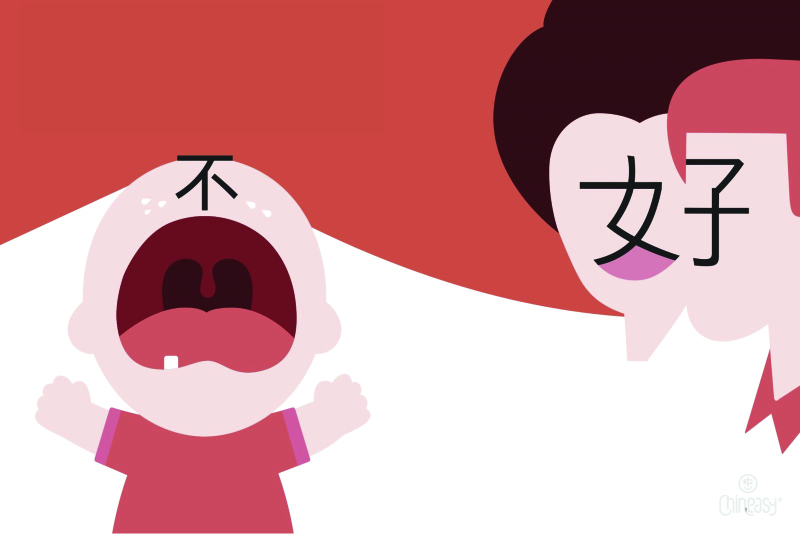Have you ever wondered how ancient civilizations, separated by vast distances and cultural boundaries, developed symbols and concepts that bear striking resemblances to one another? Today, we’ll dive into the fascinating world of yin-yang-like symbols found across several cultures, including ancient Rome, Neolithic Ukraine and their unexpected appearance on the modern world stage. We’ll also explore their origins and ponder the mysteries surrounding their interwoven histories.
Yin-Yang: the symbol bridging cultures and time

Yin and Yang: for a Balanced Life
The yin-yang symbol, with its iconic black and white swirls, is instantly recognizable as a cornerstone of Chinese culture and Taoist philosophy. The Chinese word for “Yin-Yang” is 陰陽/阴阳 (yīn yáng). In Chinese philosophy, Yin and Yang are seemingly opposite but actually complementary and interconnected in the natural world.
However, the concept of duality and balance is not unique to China alone. In fact, similar symbols and motifs have cropped up in numerous ancient civilizations, from Rome to Persia and beyond. While these symbols may not be exact replicas of the yin-yang, they share visual similarities and evoke the idea of complementary forces in balance.
Ancient Roman shields: an emblem of balance and harmony

Yin-yang-like symbol found in ancient Roman shields (4th row, third from left)
Image credit: Notitia Dignitatum. (2023, March 20). In Wikipedia. Retrieved 2023, April 13, from https://en.wikipedia.org/wiki/Notitia_Dignitatum (This work is in the public domain in the United States because it was published before 1 January 1436)
In ancient Rome (羅馬/罗马; luó mǎ), the concept of duality and balance was embodied in various aspects of their culture, including their iconic shield designs. Some Roman shields incorporated geometric patterns that interlocked black and white elements, representing the balance between opposing forces. While these patterns may visually resemble the yin-yang symbol, they are not conceptually identical.
Neolithic Ukraine: unearthing a Yin-Yang-like artifact shrouded in mystery
As we journey further back in time, the recent archaeological discovery in Ukraine (烏克蘭/乌克兰; wū kè lán) has unveiled an intriguing artifact—a clay disk adorned with a black and white pattern that bears a striking resemblance to the yin-yang symbol. Dating back 7,000 years to the Neolithic period, this artifact has captured the imaginations of researchers and history enthusiasts alike. While the similarities between this ancient Ukrainian artifact and the yin-yang symbol are undeniable, it’s crucial to recognize that the resemblance could be coincidental. The true meaning and purpose of the artifact remain uncertain, and more research is needed to determine its cultural significance and possible connections to other symbols or concepts.
Ancient Meets Modern: Ukraine Pavilion at Expo Shanghai 2010

Ukraine Pavilion at Expo Shanghai 2010
Image credit: https://upload.wikimedia.org/wikipedia/commons/3/3a/Expo_2010_Ukraine_Pavilion.jpg Gary Todd, CC0, via Wikimedia Commons
In a remarkable example of how ancient symbolism continues to inspire modern design, Ukraine’s Pavilion at Expo Shanghai (上海) 2010 incorporated a fish pattern reminiscent of the yin-yang symbol. This design choice not only showcased the nation’s unique cultural heritage but also subtly referenced the concept of balance and duality on an international stage.
Yin-yang-like symbol: a timeless thread of time uniting cultures

Image credit: Photo by Дмитрий Хрусталев-Григорьев on Unsplash
As we have explored, the concept of duality and balance is a recurring theme in the art, mythology, and philosophy of ancient civilizations. From the Roman shield patterns to the Neolithic Ukrainian artifact and the Ukraine Pavilion at Expo 2010, each culture offers its unique interpretation of this powerful idea. Although these symbols are distinct in their origins, they all contribute to a fascinating tapestry of interconnectedness that transcends time and geography.
Final thoughts
The exploration of yin-yang-like symbols in ancient Rome, Neolithic Ukraine, and the modern world stage highlights the enduring allure of ancient symbols and their remarkable ability to connect us across the ages. As we delve deeper into the mysteries of our shared human history, we continue to uncover unexpected links that unite us in our quest for understanding and meaning. So, the next time you encounter the yin-yang (陰陽/阴阳) symbol, a Roman shield pattern, or any of their counterparts, take a moment to marvel at the intricate web of connections that binds us all.
Wishing you an exciting journey through the mysterious realms of ancient symbols and their timeless wisdom!



